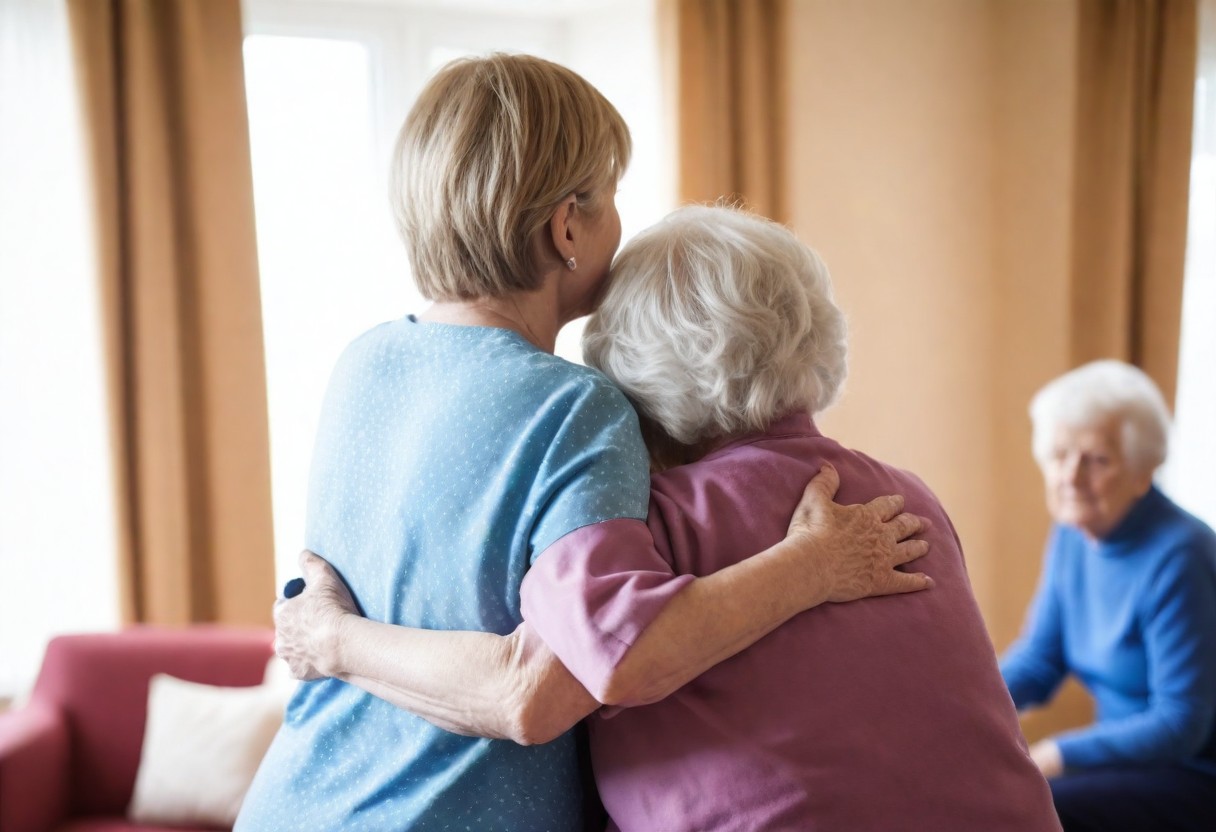
Summary
- Emotional Cues: Health and social care professionals should recognise both verbal and non-verbal signals to understand a patient’s emotional state, which is essential for effective care.
- Communication and Trust: Responding to emotional cues enhances communication and builds trust, allowing patients to feel understood and supported, leading to better treatment adherence.
- Person-Centred Care: Acknowledging emotional cues ensures that care is tailored to individual needs, respecting the patient’s personal experiences as part of their overall care plan.
- Practical Tips: Active listening, empathy, keen observation, open-ended questions, and reflective practice are vital skills for professionals to improve their ability to recognise and respond to emotional cues effectively.
Emotional cues in health and social care refer to the verbal and non-verbal signals that health and social care professionals can observe to identify an individual’s emotional state.
Recognising and interpreting these cues is fundamental in providing person-centred care, which is essential for improving patient outcomes and maintaining a caring and supportive environment.
Types of Emotional Cues
Verbal Cues
These are explicit expressions through spoken language or written communication. Patients or clients might directly articulate their feelings, such as stating they are feeling anxious, depressed, happy, or relieved.
Pay close attention to:
- Choice of words
- Tone of voice
- Speed and volume of speech
- Clarity of communication
Non-verbal Cues
These include body language, facial expressions, and other physical indicators that can provide insight into a person’s emotional state.
Non-verbal cues might be subtler than verbal ones and include:
- Facial Expressions: Furrowed brows, tears, smiles, or a lack of eye contact can be indicative of various emotional states.
- Body Language: Closed postures (e.g., crossed arms), fidgeting, restlessness, or physical withdrawal can suggest discomfort or anxiety.
- Gestures: Frequent hand movements, pointing, or other physical actions can indicate certain emotions or stress levels.
- Physiological Signs: Observing changes like flushed skin, sweating, or sudden changes in breathing patterns can also provide cues.
Why are Emotional Cues Important in Health and Social Care?
- Enhanced Communication:
Recognising and responding to emotional cues fosters better communication between healthcare professionals and patients. It ensures that the interactions are not just clinical but are also empathetic and supportive. - Improved Patient Outcomes:
Acknowledging emotional cues enables healthcare providers to address underlying emotional issues that could affect treatment adherence and recovery. Patients who feel understood and supported are more likely to engage with their treatment plans actively. - Builds Trust:
Responding to emotional cues effectively can build trust and rapport between the caregiver and the patient. Trust is important for effective care delivery as it encourages openness and honesty from the patient. - Person-Centred Care:
Providing care that acknowledges a patient’s emotional state ensures that the care is holistic and tailored to individual needs. This approach respects the patient’s personal experiences and emotions as part of their overall care plan.
Tips for Recognising and Responding to Emotional Cues
Active Listening
Health and social care professionals should practice active listening, focusing fully on the speaker, understanding their message, and responding thoughtfully. This involves not just hearing the words but also interpreting the emotional context behind them.
Empathy
Demonstrating empathy involves recognising emotions and expressing understanding and compassion. Phrases like, “I understand this is difficult for you,” can validate a patient’s feelings and encourage them to share more.
Observation
Developing keen observational skills to notice non-verbal cues is important. Training in reading body language and facial expressions can be beneficial.
Open-Ended Questions
Encouraging detailed responses through open-ended questions helps patients express their feelings more freely. Questions like, “Can you tell me more about how you are feeling today?” can provide deeper insights into their emotional state.
Reflective Practice
Regularly reflecting on patient interactions and discussing them with colleagues or supervisors can improve one’s ability to recognise and respond to emotional cues effectively.
Issues and Considerations
- Cultural Sensitivity:
Understand that emotional expressions can vary widely across cultures. What is considered a sign of distress in one culture might not hold the same meaning in another. - Professional Boundaries:
While empathy and emotional support are important, maintaining professional boundaries ensures that the care remains effective and appropriate. - Training and Education:
Continuous training in emotional intelligence and communication skills is essential for health and social care professionals to keep improving their responsiveness to emotional cues.
In summary, emotional cues play a key role in health and social care by enhancing communication, building trust, and ensuring that care is truly person-centred.
Recognising and responding to these cues requires a combination of attentive listening, keen observation, empathy, and ongoing training.
Subscribe to Newsletter
Get the latest news and updates from Care Learning and be first to know about our free courses when they launch.






